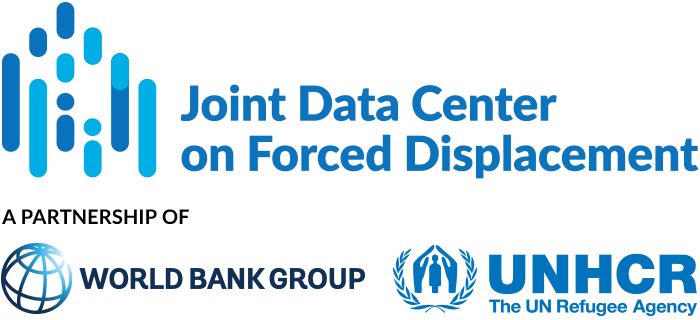This paper estimates the causal impact of training on refugees’ food security and market access in Uganda. Uganda hosts more than 1.5 million refugees, the majority (70 percent) living in established settlements across 11 predominantly rural host districts in the northern and western regions of the country.
The Ugandan government and international organizations operating in refugee settlements have identified training and extension services as crucial for the self-reliance of refugees. Agricultural training and extension services are expected to enhance on-farm productivity and efficiency, as well as improve refugees’ capacity to sell their products in local markets. Business and vocational training programs aim to equip participants with new skills, enabling them to diversify their income sources through various business and entrepreneurial activities, and increase their likelihood of accessing local labor markets.
The authors evaluate the effectiveness of agricultural and business training programs on food security and the probability of accessing local markets. They also examine variations across different segments of the refugee population, specifically: (i) female- and male-headed households; (ii) varying education levels of the household head; (iii) households with or without livestock assets; and (iv) households that reported economic losses due to the COVID-19 pandemic versus those that did not.
This analysis utilizes data from the Resilience Index Measurement and Analysis (RIMA) survey, which is representative of approximately 80 percent of the total refugee population in Uganda as of 2018. The dataset includes information on household socio-demographic and economic indicators, such as food security, perceived resilience capacity, coping strategies and aspirations, access to basic services, employment, agricultural and livestock production, COVID-19 shocks, assistance, and training activities. The analysis focuses on 1,428 refugee households per year across three waves of the survey (baseline, 2019, and 2020).
Main empirical findings:
- On average, agricultural training improves refugees’ food security and access to local agricultural markets. Households participating in agricultural training have a 22 percent higher food consumption score (FCS). Land-holder households trained in agriculture have a 35 percent higher probability of earning income from crop sales.
- The effect of agricultural training on market access varies across subgroups. Male-headed households trained in agriculture have a 42% probability of accessing markets, compared to 30% for female-headed households. The impact is not significant for households with uneducated heads but increases with education levels (ranging from 33% to 41% from the lowest to highest educational attainment). Livestock holders trained in agriculture have a 40% higher probability of selling their products, while the impact is not significant for non-livestock holders.
- The effect of agricultural training on food security also varies across subgroups. Male-headed households see a 26% improvement, while the effect is not significant for female-headed households. The impact is not significant for households with uneducated heads but increases with higher education levels. Households without livestock see a 26% improvement in FCS, while the effect is not significant for livestock holders.
- On average, business training does not increase the probability of obtaining additional income from off-farm business activities or improve food security. This holds true across all subgroups.
- Both agricultural and business training significantly increase food security for households that reported economic losses due to COVID-19. The FCS increases by 76% for those trained in agriculture and by 57% for those trained in business, compared to non-trained households. However, training does not significantly improve the likelihood of selling crops for households affected by COVID-19. The impact on households not experiencing COVID-19 losses follows the average estimates.
The authors conclude that, on average, agricultural training significantly improved refugees’ food security and access to agricultural markets, with male-headed households, those with higher education levels, and livestock holders benefiting more. Conversely, business training showed no significant impact on food security or market access. Both types of training, however, significantly increased food security for households that reported economic losses due to the COVID-19 pandemic.


